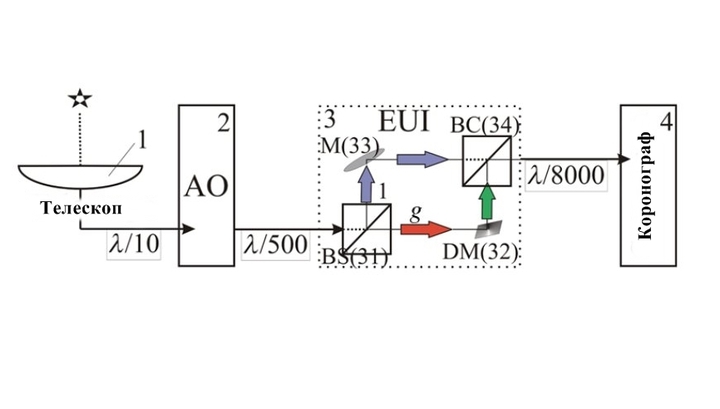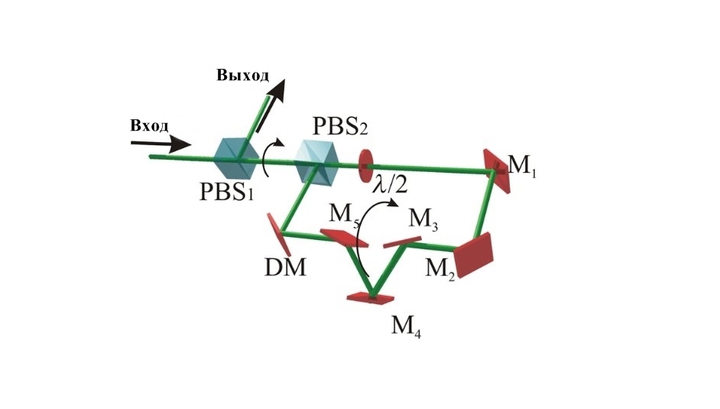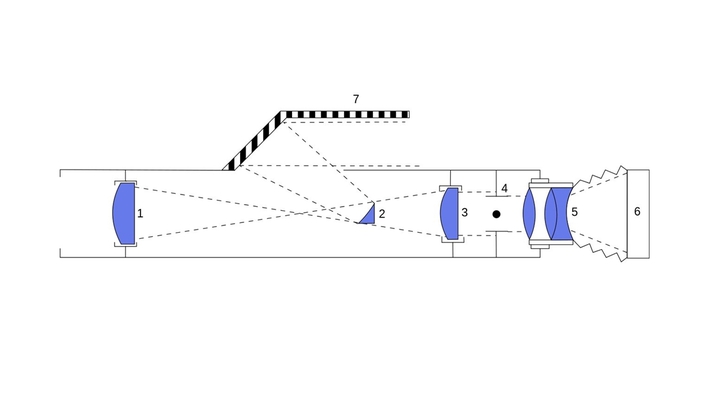Physicists at the Moscow Institute of Physics and Technology (MIPT) and the Institute of Space Research Institute (IKI) developed optical technology “fix” the light coming from distant stars. The method will greatly improve the “vision” of telescopes and directly observe exoplanets, comparable in size to Earth, reports the press service of the MIPT
It should be reminded that the first exoplanets -. A planet outside our solar system – have been discovered in the late XX century . At the moment, they are more than two thousand (although not all of them yet confirmed).
But to see without special tools faint starlight reflected from the planets themselves is almost impossible, since his “overshadowing” the emitted light. For this reason, exoplanets detected by indirect methods. For example, fixing the weak periodic fluctuations in luminosity of the star during the passage of a planet in front of its disc (the transit method) or by defining translational oscillations of the star under the influence of gravity of the planet (the radial-velocity method).
Only in the late 2000s, astronomers for the first time we were able to directly receive images of exoplanets now known to them only 65. For these shootings used coronagraph, inside which there are “artificial moon”, which covers part of the field of view – the sun disk itself, allowing you to see the solar corona dim
. But there is a catch: in order to repeat it with a star from another system requires a much higher level of accuracy and much higher resolution of the telescope, on which the coronagraph
The apparent size of the closest to our planet like Earth is about. 0.1 arcsecond, which is close to the resolution limit of modern space telescopes. For example, the resolution of the space telescope “Hubble” is about 0.05 arcsecond
In ground-based telescopes, among other things, to remove the effects of atmospheric distortion, using adaptive optics -. Mirrors, capable of changing shape, adapting to state of the atmosphere. In some cases, the mirror shape can be maintained to within one nanometer. However, such systems have not kept pace with the dynamics of atmospheric changes and are extremely expensive.

a team led by Alexander tee, associate professor MIPT and head of the laboratory Planetary astronomy Space Research Institute, found a way to do a relatively simple and inexpensive systems of adaptive optics, while receiving the highest resolution.
Russian scientists used the idea of significantly unbalanced interferometer (Extremely unbalanced interferometer, EUI). Conventional interferometry involves the addition of waves of approximately equal intensity to produce a clear and sharp image. The EUI light is divided into two beams (strong and weak), the amplitudes of which are approximately 1 to 10

Weak beam passes through the adaptive optics system, after which the two beams are brought together again and interfere with each other. As a result of the weak beam as it “smoothes” the light of the strong, which can significantly reduce the distortion of the wave front, reduce the contribution of speckle (random interference pattern).
“By using relatively simple optical circuit we can obtain necessary for the coronagraph . contrast of the image for the direct observation of earth-like planets of course, compared to foreign developments, our system requires more complex control systems, but at the same time it is much less dependent on the parameters of temperature stability that greatly simplifies its operation in space “, – says the brand.
With the help of computer simulations the scientists were established approximate characteristics of the developed system. According to calculations, the resulting scheme provides image contrast around 10-9. Furthermore, it was demonstrated that shows EUI achromatism – reducing aberration (errors) with increasing wavelength

Scientists plan to create a laboratory prototype and carry with them a number of experiments. As a brand says: “We want to see the distant worlds through a telescope, but it says that the far-off worlds, too, we can see a fairly small advance in technology, only 50 or 100 years to do it many times more accurate than today. available to us “.
Description of the idea of Russian physicists have been published in the publication Journal of Astronomical Telescopes, Instruments, and Systems.
we add that recently, astronomers have discovered an exoplanet with the” eccentric “orbit.





